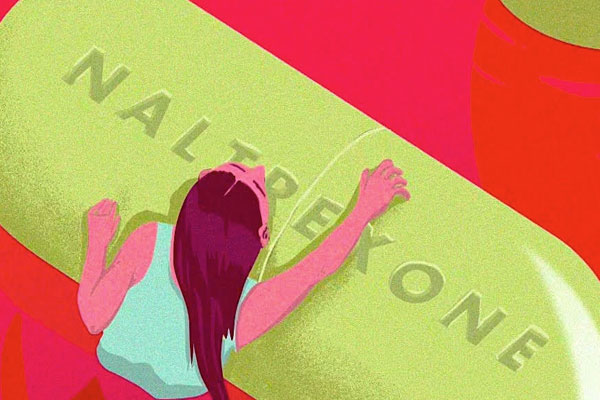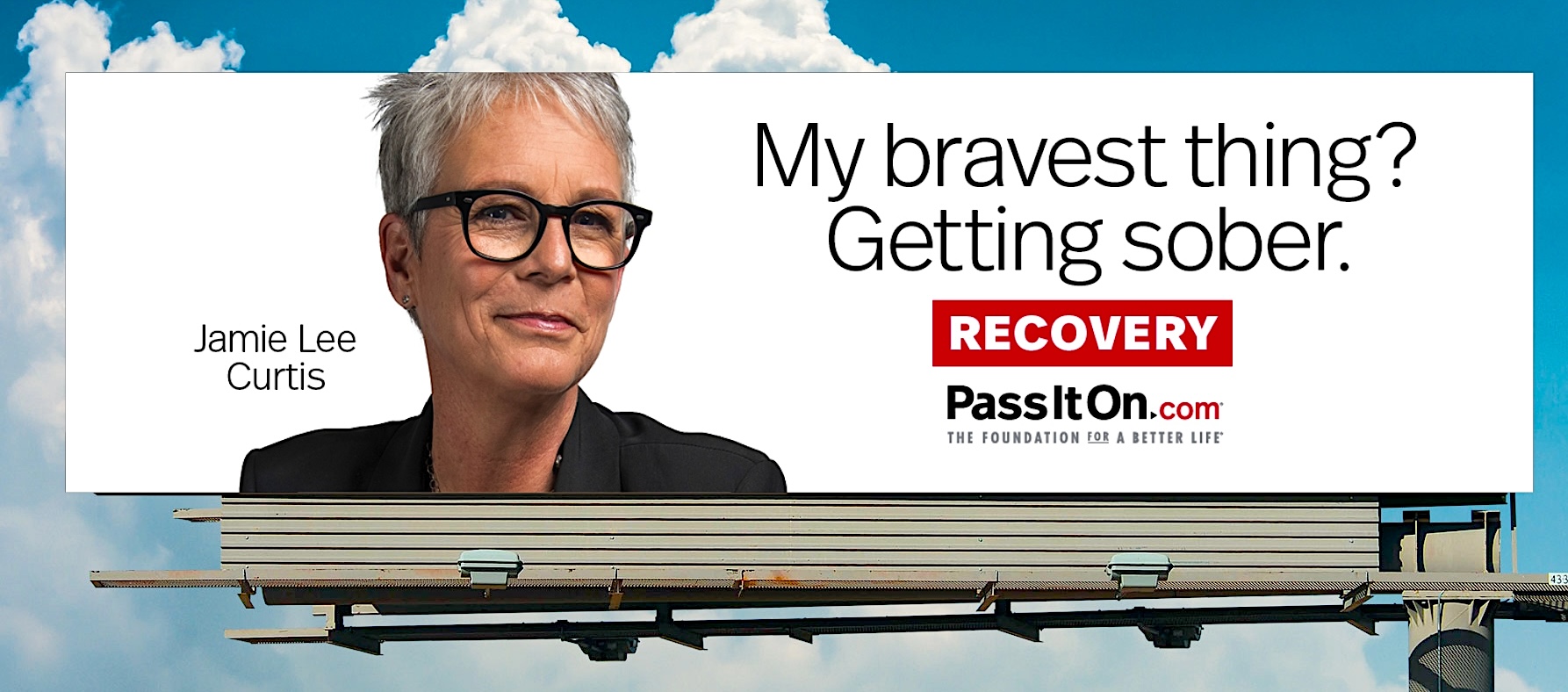IT’S ALL IN THE HEAD? –
July 7, 2024 – In 2017, Katie Lain was blacking out several times each week from drinking alcohol. On weeknights, she would typically down at least one bottle of wine, often more, and on weekends she binged vodka. But even after suffering a pulmonary embolism in her 30s, which her doctor tied to her excessive drinking, she struggled to quit.
In 2017, Katie Lain was blacking out several times each week from drinking alcohol. On weeknights, she would typically down at least one bottle of wine, often more, and on weekends she binged vodka. But even after suffering a pulmonary embolism in her 30s, which her doctor tied to her excessive drinking, she struggled to quit.
Later that year, a doctor prescribed naltrexone, a drug that blocks chemical activity in the brain’s reward centers. She noticed a shift immediately. “I would pour a third glass of wine and it would sort of just sit there,” she said. “I couldn’t believe it. It was life-changing.” She hasn’t had a drink in four years at the time of reporting.
Almost 12 million people in the U.S. struggle with alcohol use disorder, defined as more than four drinks per occasion for women and more than six for men, according to the Centers for Disease Control. Alcohol use disorder is the cause of 500 deaths every day from car crashes, organ failure, related cancers, and acute alcohol poisoning combined.
Although it’s not a panacea, in hundreds of studies naltrexone has been found to be a safe and effective medication for helping people reduce and stop drinking. The drug, which is classified as an opioid antagonist, was first approved by the Food and Drug Administration to treat alcohol use disorders in 1994—30 years ago.



